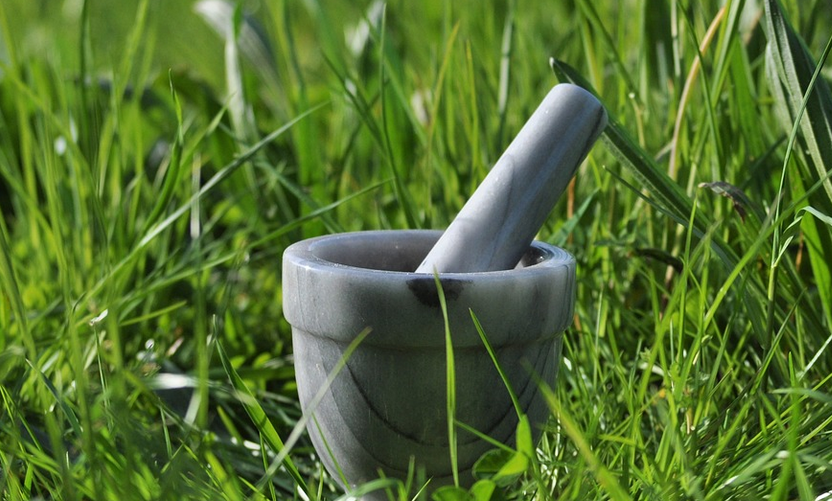Introduction
Bacterial identification is an essential process in microbiology. Identifying the type of bacteria present in a sample is crucial in diagnosing and treating bacterial infections. One of the most common methods of bacterial identification is using biochemical test strips. These strips contain various biochemical reagents that react with specific bacterial enzymes, allowing for identification.
How Biochemical Test Strips Work
Biochemical test strips work by measuring the presence or absence of specific enzymes or metabolic pathways in bacteria. The strips are impregnated with various reagents that will react with these enzymes and pathways, producing a color change or other observable result.
Common Biochemical Tests
Some of the most common biochemical tests performed using test strips include:
- Gram staining
- Catalase test
- Oxidase test
- Urease test
- Indole test
Advantages of Biochemical Test Strips
Using biochemical test strips for bacterial identification has several advantages:
- Fast and easy to use
- Cost-effective
- Accurate
- Require minimal equipment and training
Disadvantages of Biochemical Test Strips
Despite their advantages, biochemical test strips do have some limitations:
- May produce false-positive or false-negative results
- May not be effective for identifying rare or unusual bacterial strains
- May require confirmation with other methods
Applications of Biochemical Test Strips
Biochemical test strips are used in a variety of settings, including:
- Clinical microbiology
- Food microbiology
- Environmental microbiology
- Pharmaceutical microbiology
Clinical Microbiology
In clinical microbiology, biochemical test strips are used to identify bacteria causing infections in patients. This information is essential in selecting the appropriate antibiotic treatment.
Food Microbiology
In food microbiology, biochemical test strips are used to identify bacteria that may cause foodborne illness. This information is used to ensure food safety and prevent outbreaks.
Environmental Microbiology
In environmental microbiology, biochemical test strips are used to identify bacteria in soil, water, and other environmental samples. This information is used to monitor the health of ecosystems and identify potential sources of pollution.
Pharmaceutical Microbiology
In pharmaceutical microbiology, biochemical test strips are used to ensure the quality and safety of pharmaceutical products. This information is used to prevent contamination and ensure product efficacy.
Conclusion
Biochemical test strips are a valuable tool in bacterial identification. They are fast, easy to use, and cost-effective. While they do have some limitations, they are widely used in clinical, food, environmental, and pharmaceutical microbiology. As technology advances, new and more accurate methods of bacterial identification may become available, but for now, biochemical test strips remain an essential tool for microbiologists.

